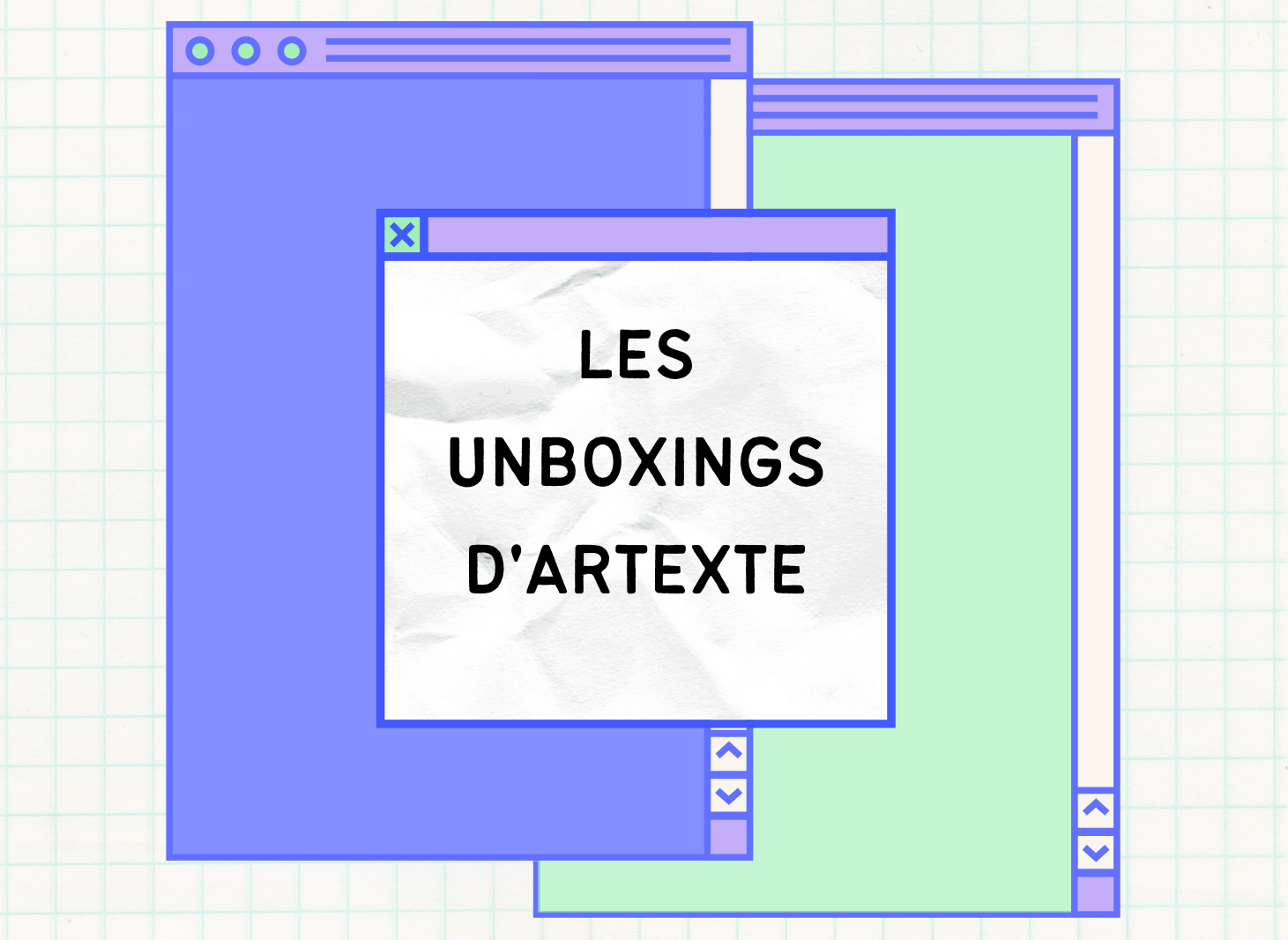Over the past few years, I have opened the Artpool file (DOSSIER: 381 – HONGRIE – ARTPOOL (Budapest) at Artexte many times. While I always found the contents intriguing, I had yet to appreciate the full extent of their significance as an artistic and archival organization until recently, when I began to research the history of Artpool.
The Artpool Research Centre is an archive, library and creative space in Budapest. Their collection specializes in Fluxus, mail art, artist publications, artists’ stamps, video art, copy art, sound poetry, visual poetry and performance art, as well as considerable holdings on Hungarian underground art from the 60s, 70s and 80s. Founded in 1979 by György Galántai and Júlia Klaniczay, Artpool was created as an alternative art institute dedicated to avant-garde practices which were deemed illegal by the state-sanctioned cultural policy in Hungary during that period [1].
In 2015, while doing research for a project on mail art, I repeatedly found references to Artpool in the Artexte collection. I would come across traces of their influence, particularly in holdings related to mail art and Fluxus. These documents were fascinating to me, and through various files and publications, I saw parts of a global network, still active, within an archival collection space.
Artpool embraces the Eternal Network described by Robert Filliou and practised by mail artists around the world who believed that artists should be in constant creation and dialogue with one another. In the pre-internet era of the late 1970’s until today, they forged connections between artists around the world. This network included a number of artists in Canada, including Anna Banana and Michael Bidner. In 1995, during a Canadian tour, Galántai and Klaniczay visited Montréal and Québec City for a tour which included exhibitions, performances and professional meetings at different venues including Articule (Montréal), Le Lieu, centre en art actuel (Québec), as well as a professional meeting held at Artexte.
As a librarian, I am interested in how histories are formed and narratives are created based on holdings found in an archive or collection. I am drawn to Artpool’s incarnation and affirmation of the ‘active archive’. György Galántai describes the ‘active archive’ as not only conserving material; but as a site of continual contribution to new practices which in itself generates additional material to be archived [2]. The archive is a site of resistance to dominant cultural norms, to inspire new ideas and pave the way for emerging voices in contemporary art practice.
The Artpool file at Artexte, seen in this unboxing, is just a small fragment of the rich history and documentation produced over the past 40+ years. For those who want to know more. The history of Artpool is well documented in the anthology Artpool : The Experimental Art Archive of East-Central Europe : History of an Active Archive for Producing, Networking, Curating, and Researching Art since 1970.
— Jessica Hébert
For more information : visit Artpool’s website :
https://artpool.hu/Defaulte.html
Artpool on Monoskop :
Artexte’s holdings on Artpool :

